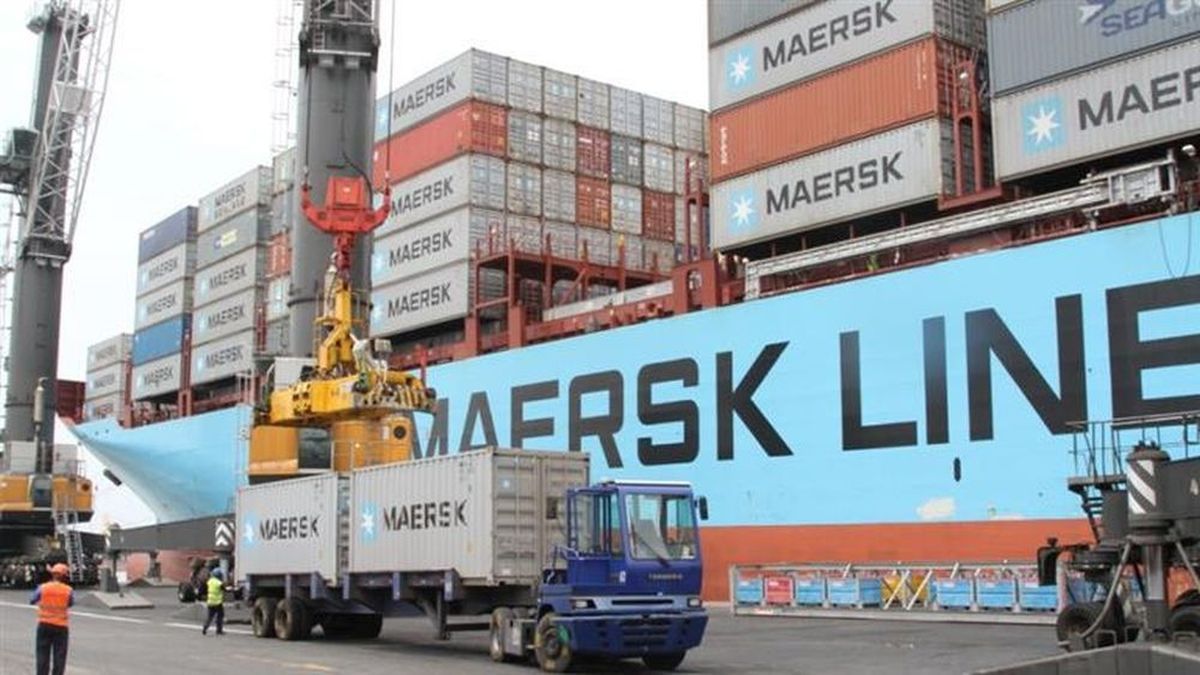Logistics costs by land, air and sea decreased compared to the maximums reached during the COVID-19 health crisis.
The logistics costs by land, air and sea decreased compared to the maximums reached during the health crisis of COVID-19. In that sense, global logistical complications reached their lowest level in 26 years, while transportation costs they press downwards.
The content you want to access is exclusive to subscribers.
According to the index Gloval Supply Chain Pressure of the Federal Reserve Bank of New York, which fell to -1.7 in the month of October, it is the lowest level recorded since 1997according to the Bloomberg agency.


As it is, the indicator that comes of nine consecutive months of negative readings and reveals that, from the tenth month of the year, andThe transportation of products by land, air and sea is decreasing compared to the record highs reached during the COVID-19 health crisis.
Supply chain: how pressures are measured
The index groups 27 variables that measure the pulse of cross-border transportation coststo nationwide manufacturing data for various nations as well as regions.
It should be noted that various common indicators are used to monitor expenses associated with transportation at a global level. Among these, the Baltic Dry index stands out, which reflects the costs of transporting bulk goods, and the Harpex index, which offers an overview of the evolution of rates of container ships worldwide.
In addition, air transportation costs and other elements related to the supply chain are considered, which are collected from surveys conducted with Purchasing Managers and are part of the data collected in the index.
Source: Ambito




